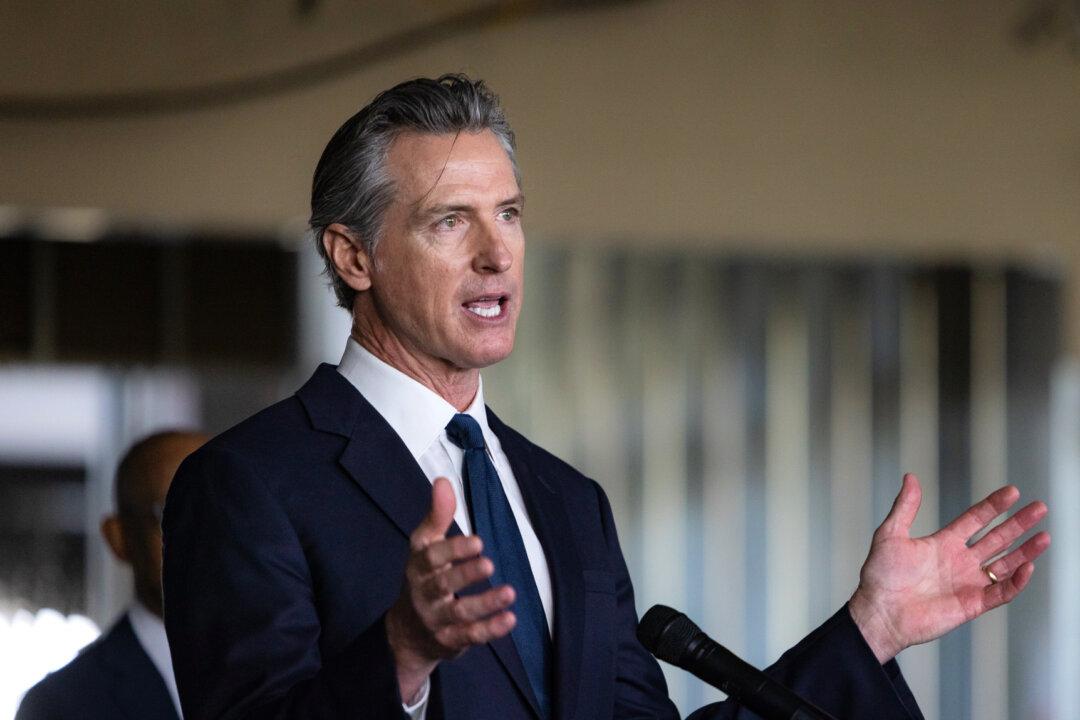Commentary
Gov. Gavin Newsom’s new budget proposal released Jan. 10 actually keeps spending under control—if his assumptions continue and the Legislature doesn’t force increases. For fiscal year 2024-25, which begins on July 1, it would spend $209 billion in the general fund, down from $231 billion the previous years, a $22 billion cut. Those are the key numbers—but spending including all funds would be $291 billion.





